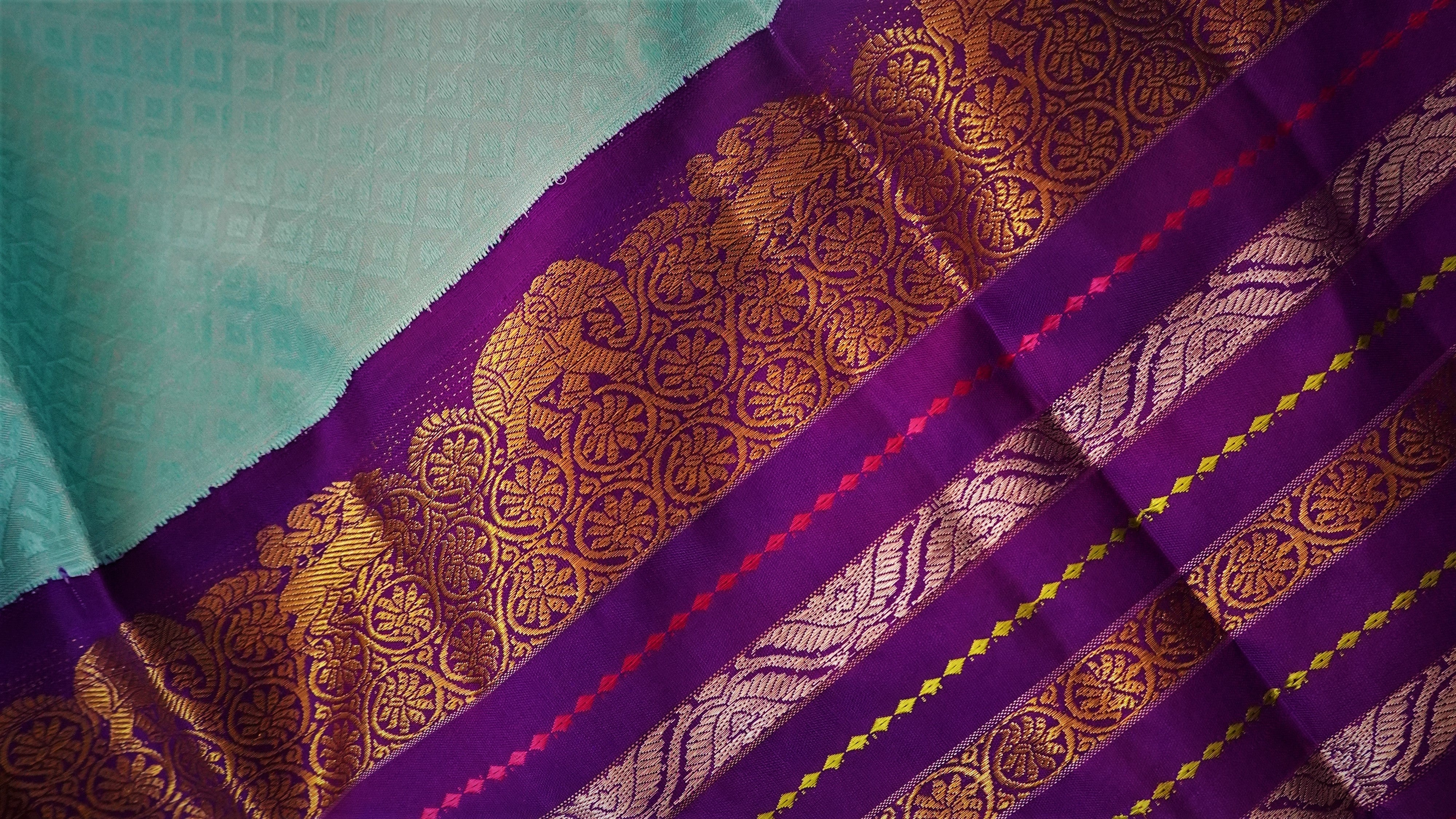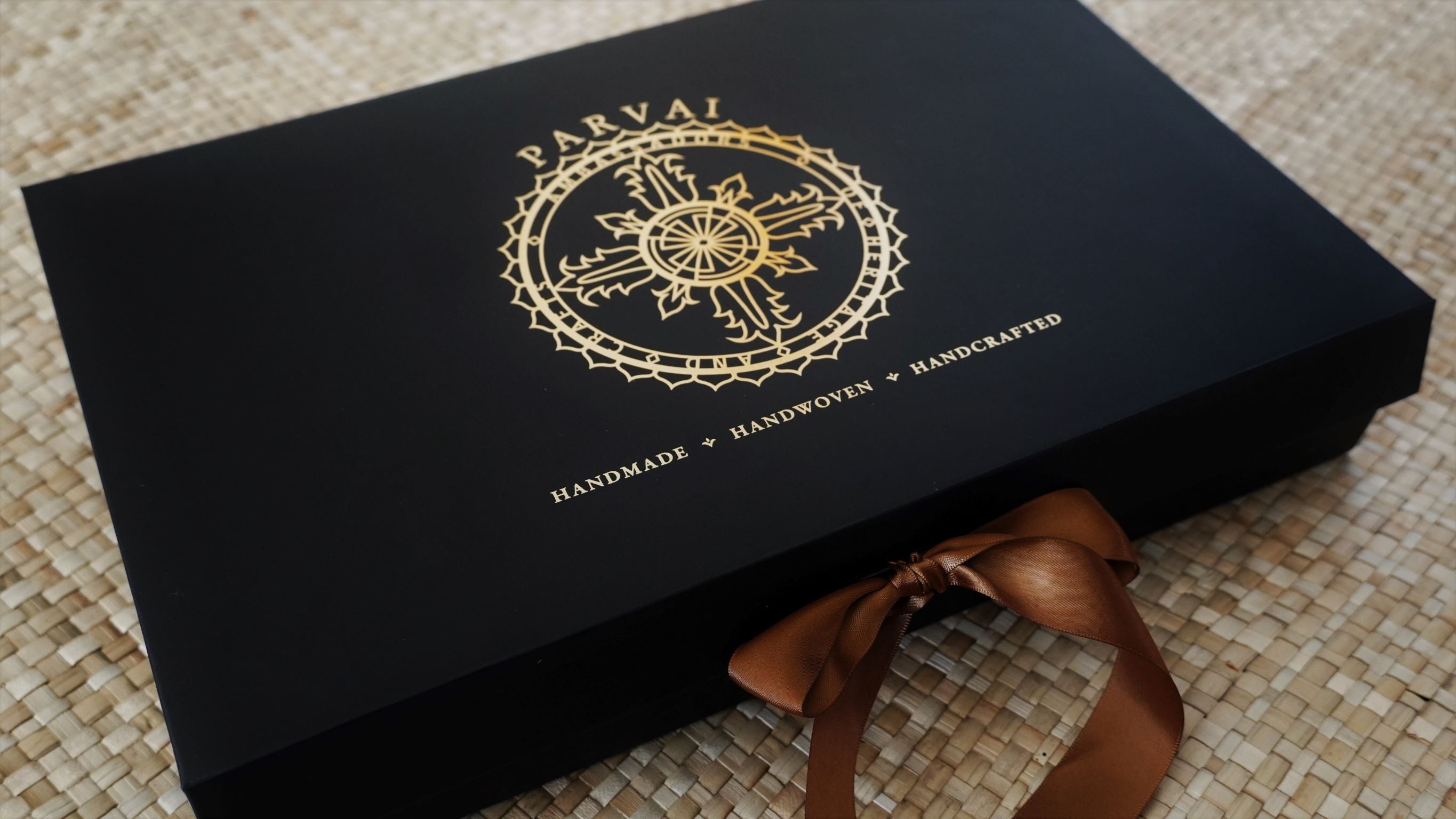Article: Addressing The Elephant In The Room – Product Pricing

Addressing The Elephant In The Room – Product Pricing
Pricing is a very sensitive topic to discuss, dissect & debate. In fact, how an organization chooses to price their goods is a closely guarded secret in an free market. What customers then can evaluate is if the cost of the goods sold justifies the value it brings to them.
The basic premise of pricing is the build in the cost of tangible & intangible goods & services that go into making a product and then bake in a profit. While the formula seems fairly straightforward, pricing anything but that. For instance, while the cost of sugar might be fifty rupees a kilo, large corporates might be able to negotiate better prices based on their sizes & their supplier agreements. Further, the cost of operating a business varies from business to business. Lastly, only the company can decide the price they command for their brand – the mere addition of a logo from a reputed brand can dial up the price from 1000s to 100000s. And there are no right or wrong calculations for pricing in a free market that we live in where pricing bands are not cast in stone. Hence pricing continues to be discussed heavily by consumers and pricing debates continue to rule the topic list for many a board room discussion. Questioning the pricing of a brand questions their business ethic indirectly. While questioning the pricing is not fair, consumers can judge the price based on their understanding of what the item should cost them. The cost should convey the value the product brings to the life of a consumer.
When patrons reach out to us for pricing queries, we advise them to look at
#1 Quality – Do we want the product to be of a certain quality? If yes, what is the price we would be willing to pay for better quality?
#2 Fair Trade – Do we indirectly encourage slave-labor & sweatshops when we fuel mass production at unfair wages? How can we understand how the time & labor of a particular craft is currently valued? Is it on-par with how other professionals are compensated for their time & effort?
#3 Sustainability & kindness – In this day & age of indiscriminate climate changes, how much do our actions contribute to air, water & soil pollution. How is our cotton farmed? How do our dyes impact rivers & water bodies? How can we tread more carefully?
#4 Hyper customization – How important is it for us to buy something you truly wish to own? What level of customization would help us address this need? What is the price one is willing to customize every single aspect of their sari from color to motifs.
#5 Market trends – How aware as we of the current price volatility of raw materials? While larger players are able to buy in bulk how do smaller players navigate price volatility?
Parvai Pricing
At Parvai, we consider ourselves an up & coming organization that is engaged to the production of hand-woven garments with a few key principles that sets us apart from regular sari stores & online sellers. In fact, many of these guiding values are something that may not impact the final garment in hand but rather the people, the process & the perspective. For instance, almost all our saris are designed & developed from scratch by our team. This means we make the adais or the punch cards for these motifs & patterns. Every new design goes through several layers of design development. Being fairly new, we do not have access to an extensive library of punch cards and nor do we wish to make run-of-the-mill stuff from adais available with weavers. This would mean, our design development takes a fair bit of time. Next, we do not make two saris that are exactly alike. What it means is, while an adai might be used several times, the exact color & design won’t be repeated. Also, every unique design will be woven no more than 10-12 times at the max. You might wonder why we do this. The reason for this is to avoid a mentality of mass production. Some designs are definitely more successful than the others. However, our intent is craft upliftment & excellence to achieve which, we would like to expose our teams to new & challenging work. This also keeps our saris exclusive. Imagine the feeling of draping a sari knowing there is nobody who has the exact same sari that you do – that makes it a connoisseur’s delight. How does all this impact pricing? Well, in the second part of this blog post, we wish to take some time to explain our point of view on some questions that come our way frequently, such as:
- Why is a Parvai sari priced the way it is?
- What does fair wages mean? And why should it impact my purchase?
- What are high quality materials?
- How does slow & meaningful production affect pricing?
- What is hyper customization?
- Why does the pricing often vary for the same or similar sari?



6 comments
cIAdNDbxglLwqK
bcxfCkRtvgh
bOtYVhydQJAexG
IRzaxDuZrwtco
biWKSEjZOANXM
DXMIEgPBlk
sUrBuhWlQCTtJ
utoxVJNrwk
boSnceatG
JOXmKEgYSo
lCwpgoKQ
ExNqOCJIrhMmf
Leave a comment
This site is protected by hCaptcha and the hCaptcha Privacy Policy and Terms of Service apply.